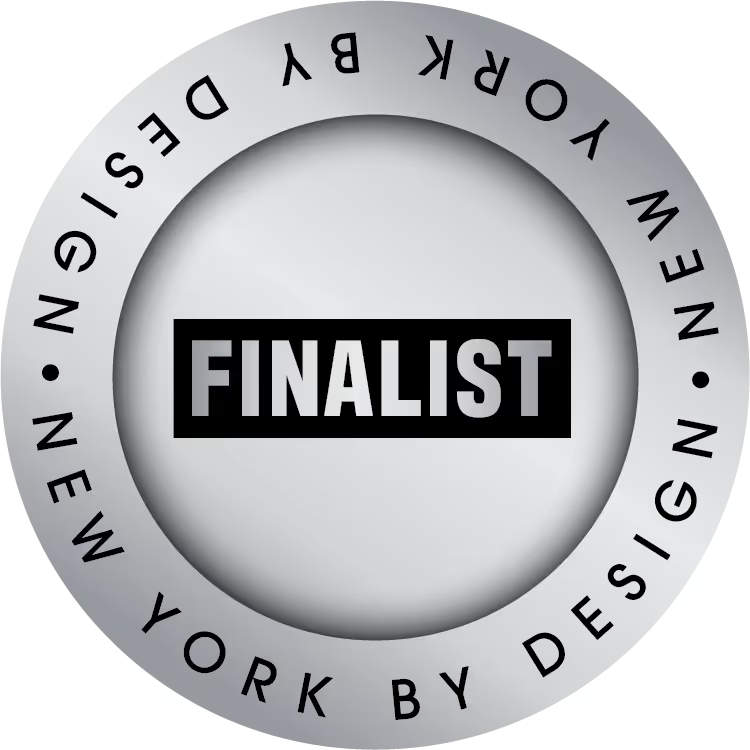Cocoon House




This Gold LEED-certified home, located in Long Island, New York, is called Cocoon because its round walls form a Cocoon shape towards the northern and western neighbors.
This rounded enclosed half of the house provides shelter and privacy. The other glass side of the house, facing south, takes in ocean breezes and open views. The cedar shingle cladding blends in with the architectural material palette of the historic neighborhood. By tuning in to given site conditions, and with the help of environmental technologies such as photovoltaic panels, the architectural design serves both the environment and wellbeing.
The 16-foot-high Long Island cottage is split in two: ‘cocooned’ into a soft opaque shape that provides privacy, and transparent and crystalline to allow for views onto an undisturbed landscape. Its L-shaped 1730 square foot footprint is shaped by the legal restriction to build at a 150-foot radius from the wetlands and to keep a 35-foot distance from the adjacent properties. Luckily, the view of the greenery towards the ocean faces south and east, so that the southern glass façade provides both views and passive heating gain. The thermal masses of the thick northern/western walls, supported entirely by timber structure, keep away humidity and retain heat while providing privacy. The large unbroken sliding doors connect inhabitants with the smells, feel and sounds of the garden and ocean in the distance. In a structure that partakes in the natural landscape, a comfortable temperature is primarily achieved through passive strategies. The sliding doors open to catch prevailing southern breezes from the Atlantic Ocean that temper the heat in the warmer months. In the winter the glass facade collects heat from the southern sun, and in summertime interior shades cut solar heat gain.








